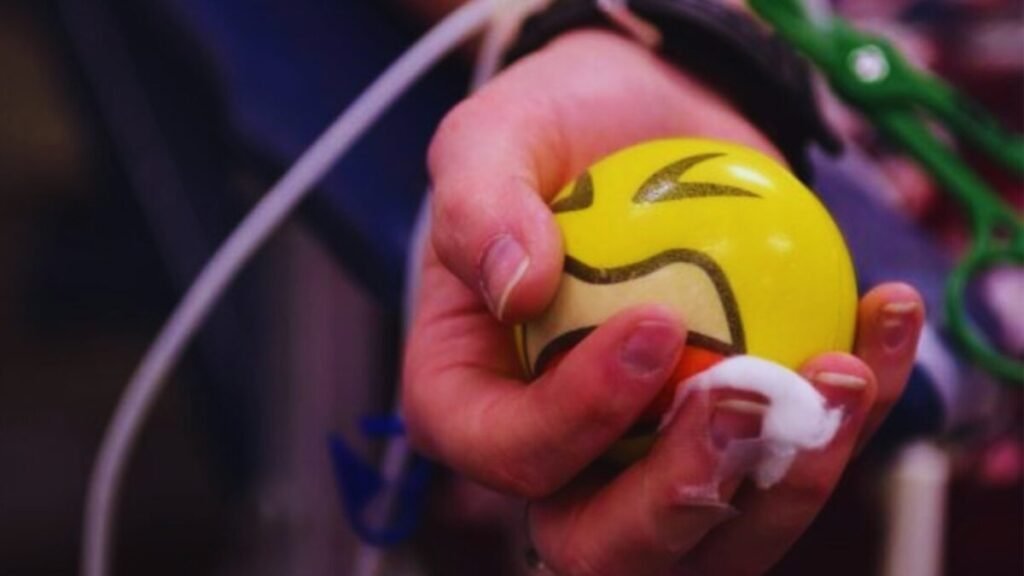Could Fatal Consequences Result from Severe Testicular Compression? A Case Report from China.

Sometimes, they reveal unsettling truths about the fragility of the human body. The effects of extreme pain have been studied for centuries, but a case in China brutally showed how a stimulus in a specific area of the body can trigger a sudden tragedy.
## A banal conflict with a fatal outcome
In Hainan island, in southern China, an unexpected incident unfolded. A 41-year-old woman parked her motorcycle in front of a store while picking up her son from school. The shopkeeper, annoyed, asked her not to park there. The exchange quickly escalated into shouting and pushing, until the woman’s husband and brother intervened. In the midst of the fight, she grabbed the shopkeeper’s testicles and squeezed with force.
The man immediately fell to the ground, breathless and in unbearable pain. Reports described how he passed out within seconds. Despite paramedics arriving at the scene, they could only confirm his death at the hospital. Local headlines quickly pointed out the unusual cause: he had died from the pressure exerted on his testicles.
## The science behind devastating pain
Experts explain that testicles have one of the highest concentrations of pain receptors in the human body. The lack of protection of the scrotum and the density of nociceptors turn any impact into an unbearable stimulus. According to urologist Irwin Goldstein, “testicular pain is so intense that it can trigger a massive adrenaline rush capable of affecting the heart.”
The explanation has deep roots in anatomy. Testicles initially form in the abdomen and then descend to their final position, but their nerves maintain connection with the abdomen through the vagus nerve. This nerve highway, which passes through vital organs like the heart or stomach, explains why a blow to the testicles can cause dizziness, nausea, and, in extreme cases, cardiac arrest.
## When history and medicine intersect
Although the Hainan case shocked the public, it is not the only recorded incident. In the 19th century, Germany documented deaths caused by violent compressions in local disputes. More recently, a 13-year-old boy lost his life in a schoolyard after experiencing a similar trauma. Doctors pointed out that extreme pressure could trigger a heart attack in an already weakened body due to an underlying heart condition.
These examples serve as a reminder that, unbelievably, a violent gesture directed at such a vulnerable area can result in death. The chronicle of Hainan is more than a morbid curiosity: it is a warning about the limits of the human body and the close relationship between pain and life itself.






